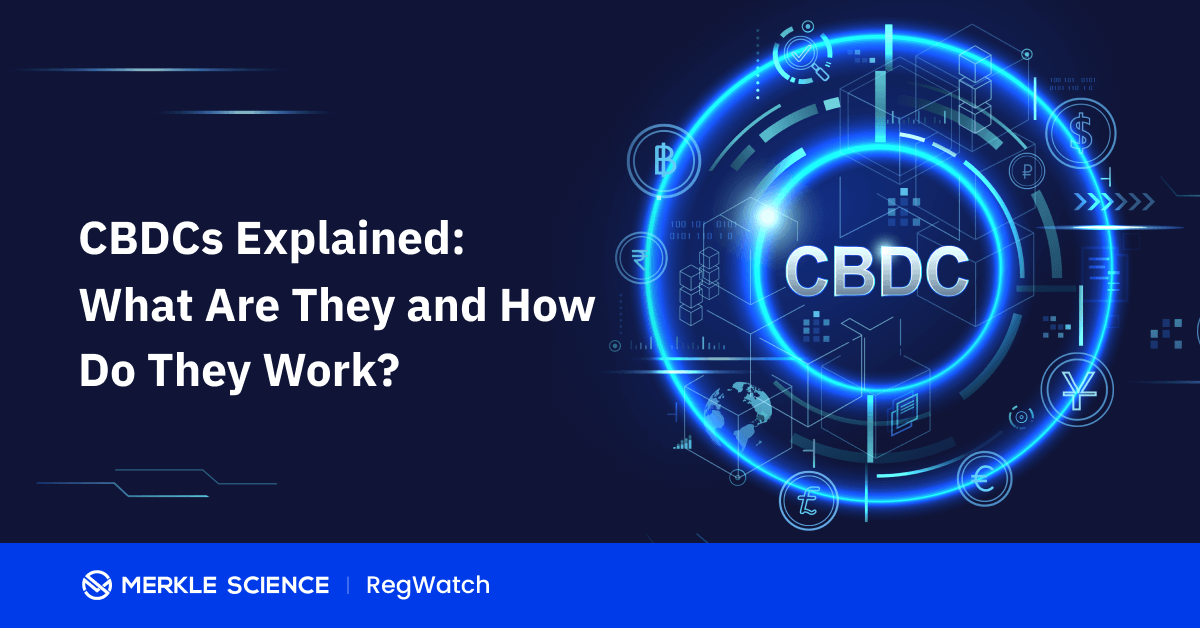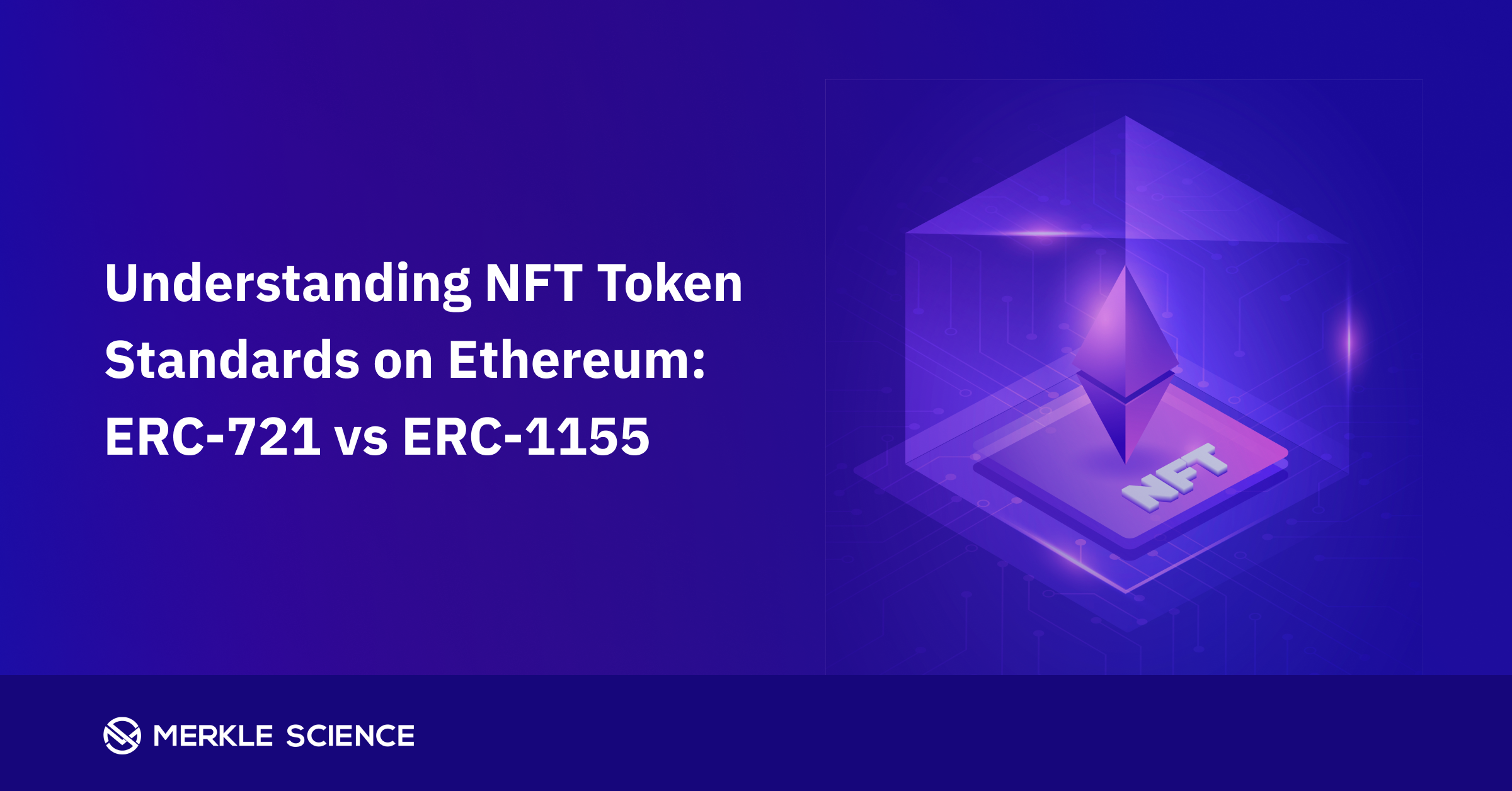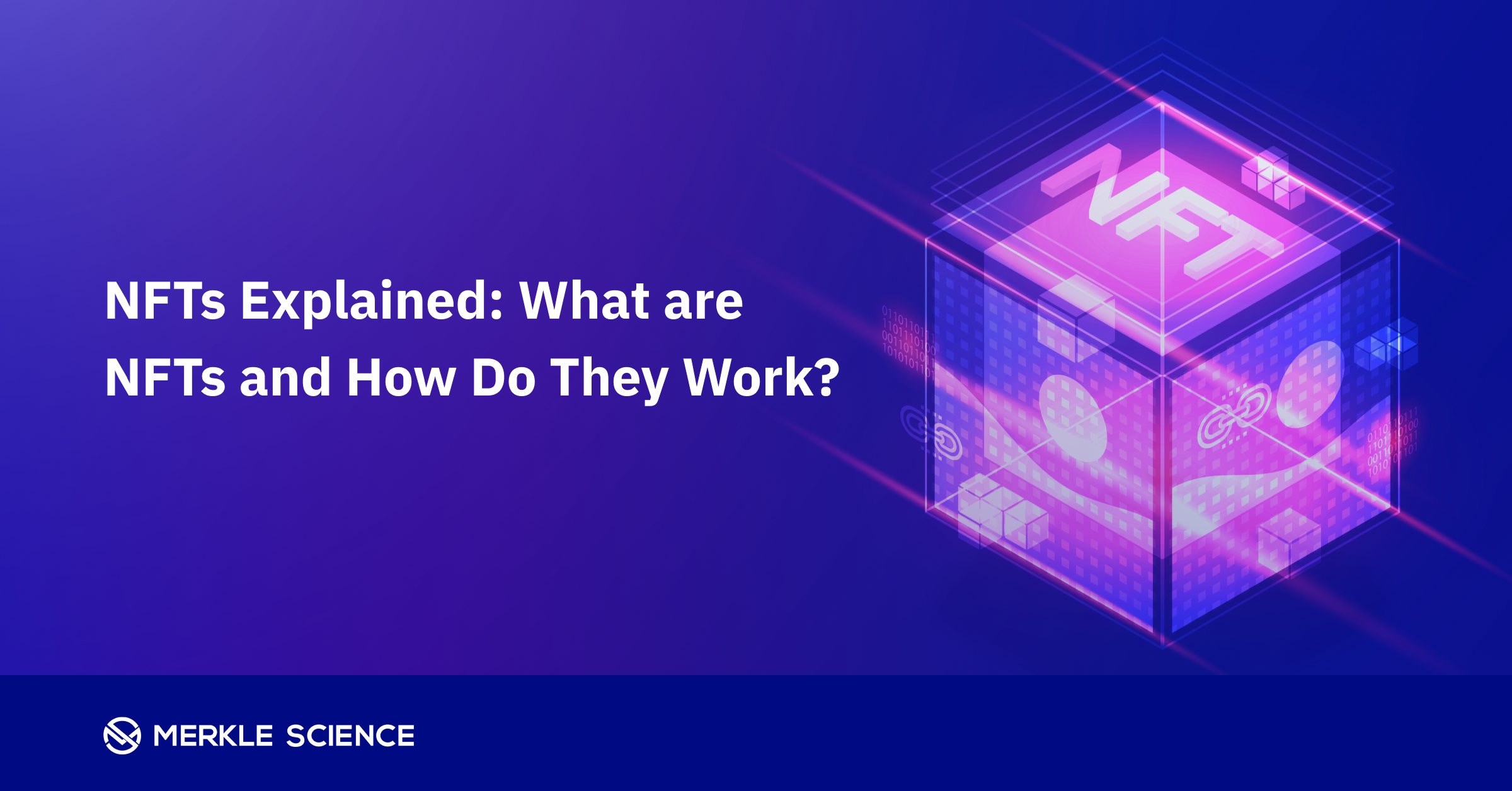The NFTs experienced a meteoric rise this year. reportedly, the booming NFTs market generated over$23 billionin trading volume this year, compared to just $ 94.9 million in 2020. However, greater commercial viability and an increase in the trading volume have also resulted in an increased risk of fraudulent activities such as AML/CFT risks, phishing attacks, and copyright violations. Naturally, the risks associated with NFTs have also captured the attention of regulators all around the globe. On February 4, 2022, the U.S. Department of Treasury published a study, warning the investors that NFTs may, potentially, become a tool for money laundering in the high-value art market. Shortly after that, on February 14, 2022, BBC reported that Her Majesty’s Revenue and Customs (HMRC), the chief tax authority in the United Kingdom, has seized three NFTs as part of a probe into a suspected value-added tax (VAT) fraud case involving 250 alleged fake companies.





.png)




.png)

